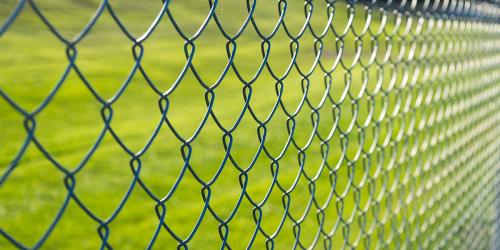At BS Fixings, we’re passionate about empowering homeowners to take on DIY projects with confidence, especially when it comes to common tasks such as painting walls. Not only is this a cost-effective alternative to hiring professionals, but it’s also a rewarding experience that brings a fresh new look to your home. With a plethora of painting and decorating brands at your fingertips, giving your walls a vibrant makeover has never been easier. However, the key to a flawless finish lies in mastering the right techniques and choosing the best tools for the job.
Our guide, '5 Top Tips for Painting a Wall', starts at the very beginning – preparing your wall. Whilst it's tempting to dive straight into the painting, proper preparation is important for achieving that sleek, professional appearance. So, roll up your sleeves and get ready to transform your walls!
The Essentials
Let’s begin by ensuring you’re fully equipped. Gather the following:
| Materials | Equipment/Tools |
|
|
Our Top Five Tips for Painting a Wall
1. Prepare Your Wall
To ensure a professional finish, you must start your project by cleaning the surface of the wall. Use a cellulose sponge and dishwashing liquid to eradicate any dirt or grease that could affect the paint adhesion, and follow up by wiping away the excess with a damp cloth. If you notice any holes or cracks when cleaning your wall, it’s important to fill them and sand the area thoroughly until the surface is flawlessly smooth. Once the wall is prepped, apply a coat of primer to ensure the paint adheres entirely, setting the foundation for a uniform and long-lasting finish.
2. Choose Quality Tools
You should never underestimate the power of high-quality tools. A premium-made paintbrush can significantly hold more paint, reducing frequent dips in the paint tray, thereby saving time, and product, and ensuring consistency. Likewise, a high-quality roller can offer a smoother, lint-free finish. There’s nothing more frustrating than painting a wall, only to find a stray paintbrush hair stuck in the fresh paint, or dealing with annoying fluff transferring from a roller to your perfectly smooth surface. These annoyances can significantly tarnish the finish of your hard work and that’s why investing in quality tools is of utmost importance. We supply decorating products from leading names in the industry, such as Harris, Frogtape, and Toupret, to ensure our customers can purchase the best of the best.
3. Utilise Painter’s Tape
For impeccably clean, sharp edges, applying painter’s tape along trims, windows, and door frames can ensure the paint does not bleed onto surfaces that need to remain paint-free. A pro tip: remove the tape about an hour after painting to prevent tearing off dried paint, which could ruin your perfect edges.
4. Use the Right Painting Technique
Begin painting at the top of the wall and gradually work downwards, making sure to work in manageable areas so the next application of paint flows into the previous. This method, also known as working from a ‘wet edge’, is important in preventing visible lines and streaks. Use a roller for broad, open areas and an angled brush for detailed work around corners and edges. Beware of overloading your brush or roller with paint, as this can lead to drips and uneven coverage.
5. Patience in Drying
The secret ingredient to a superb paint job is patience, particularly during drying times. Allow the paint to dry thoroughly before considering a second coat, as applying another coat whilst the layer underneath is wet can lead to patchy results. A general rule of thumb is to wait approximately 24 hours between coats, although this can vary based on paint type and environmental conditions.
Additional Considerations
- Colour Selection: Choose a colour that complements the room’s lighting and furnishings. Test paint samples on small wall sections to observe how they appear under different lighting conditions throughout the day.
- Safety First: Ensure your room has adequate ventilation by opening windows and doors, this will also help to eliminate the strong paint smell. If you are planning to paint for long periods, we recommend wearing protective gear, such as masks, gloves, and goggles to safeguard against fumes and spills. We stock a wide range of protective clothing on our website.
- Post-painting Care: Once your walls are painted, maintain them by regularly dusting them to keep them looking fresh and vibrant.
When executed with the right tools, techniques, and patience, you can transform your space all by yourself! Please feel free to browse our range of painting and decorating products on our website today or if you require further information, please contact us on 03330 117818 or email [email protected] and we will be more than happy to help.






